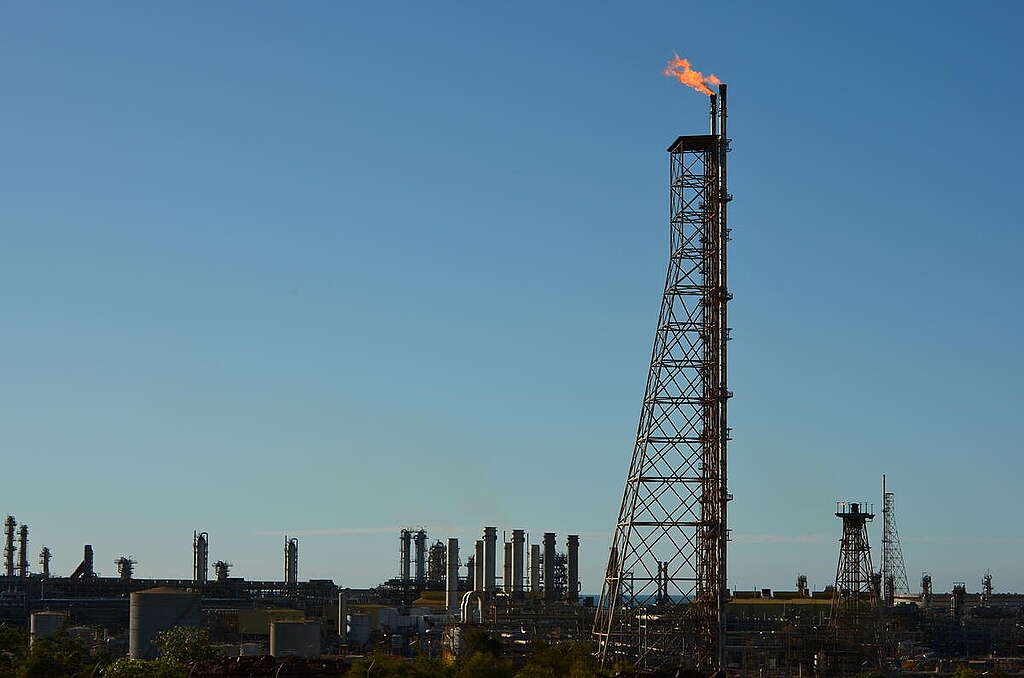In response to the Federal Government’s announcement that it will increase gas supply from Woodside and Esso to the east coast, the following statement can be attributed to Greenpeace Australia Pacific’s Head of Climate and Energy Jess Panegyres:

“Gas companies have fuelled Australia’s cost-of-living crisis, with profiteering leading to federal government intervention in 2022. Companies like Woodside have made historic profits while Australians suffer.
“This deal cannot become an excuse to give Woodside what it wants from the federal government, which is approval for Australia’s biggest new fossil fuel project, the Burrup Hub. Woodside has a history of pursuing its profits over the best interests of Australians, and Greenpeace is worried Woodside will use this deal to bully the federal government into approving its fossil fuel expansion plans.
“Gas is a fossil fuel that is driving dangerous climate change, and it’s already costing Australians in climate impacts and high energy prices. There’s no place for Woodside’s dangerous gas expansion plans if we want a safer climate future. The cheapest new energy in Australia is clean, green renewables in wind and solar – lowering costs for ordinary Australians while protecting our planet.”
—ENDS—
